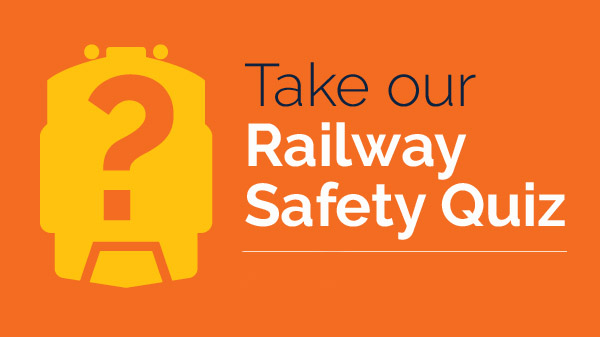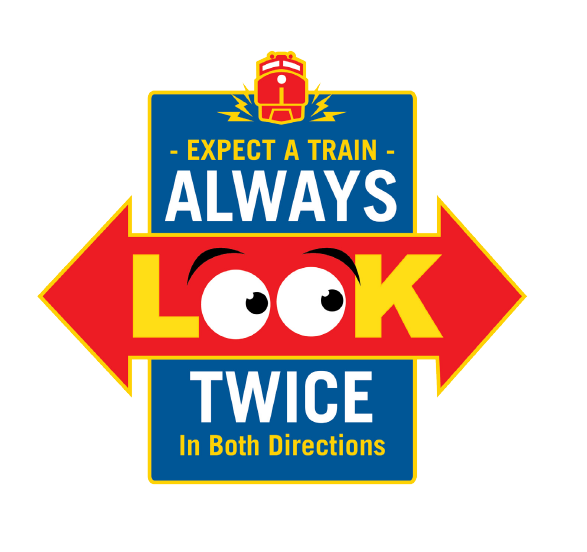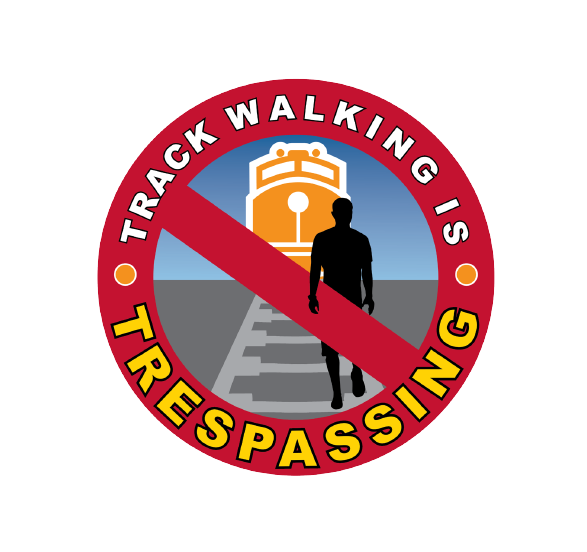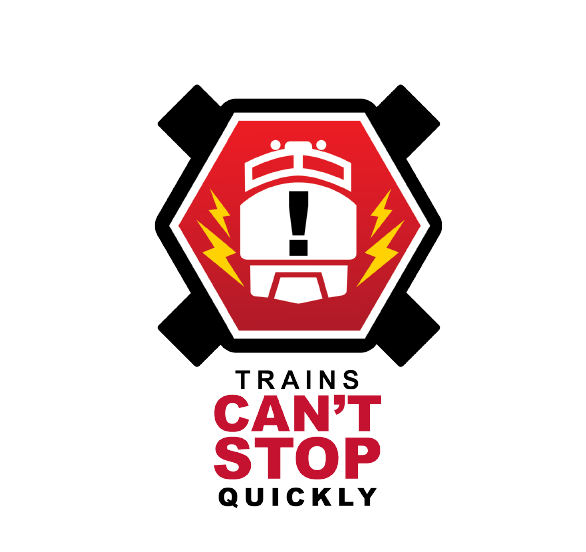Stay safe around trains with Amtrak Cascades


Safety tip #1
Trains can come from either direction. After the first train has passed, a second one may be coming from the opposite direction. So, it’s important to not only wait until the intersection is completely clear, but also wait until the signals have stopped flashing and/or the arms have gone up before crossing the tracks.
Pedestrians have died when they did not realize a second train was coming and they started walking across the tracks before the signals stopped.
Drivers have died when they grew impatient with the gates being down after a train had passed and drove around them, into the path of a second train.
Your life is too important to risk disobeying the signals. Take a few moments to look twice and always wait until the lights, signals and gates are completely clear before you cross the railroad tracks.
Always expect a train
While you may think you know the schedules of trains that run through your neighborhood, a train can travel on the tracks at any time.
- If you’re waiting in traffic at an intersection with train tracks, stay on your side of the tracks until you can proceed all the way across.
- Passenger and freight trains can run early or late.
- Never stop on the railroad tracks for any reason.
Be cautious around train tracks
If you’re not near a train crossing, it’s particularly important to be alert and cautious around the train tracks, since there are no warning signals.
- Don’t wear headphones when near the tracks.
- Stay at least 25 feet back from the tracks.
- Always go to designated intersection before crossing the tracks.

Safety tip #2
Railroad tracks are private property, not public trails. It’s illegal to walk on the tracks unless you’re at a designated crossing.
It’s extremely dangerous to walk, run, or drive down the railroad tracks or even alongside them.
Trains travel in both directions and at all times of day and night. You never know when a train might be heading your way. It’s especially dangerous when you’re wearing headphones or earbuds and can’t hear the signals or train horn.
Not a hangout
Train tracks and railroad trestles are not the place to hang out, take selfies, go for a day hike, or use as diving platforms into the water below.
People have died because they were looking for a shortcut, a secluded fishing hole, or somewhere to have fun.
Your life is too important to risk because you’re seeking an out-of-the-way place to kick back. Stay off the tracks and stay safe.
Photos and train tracks don’t mix
- Trains can’t stop quickly to avoid people or vehicles on the tracks.
- An optical illusion makes it hard to determine a train’s distance from you – and its speed.
- The average train overhangs the track by at least three feet.
- Railroad tracks, trestles, yards and rights-of-way are private property.
- No tracks should be assumed to be abandoned or inactive.
- Other people might think it’s okay to be on the train tracks when they see your photos on social media.

Safety tip #3
By the time a train engineer sees you on the tracks it’s usually too late to stop the train. It takes more than a mile for most trains to stop – that’s 18 football fields! If the red lights are flashing and the gates are down, a train is usually less than a minute away.
- If you’re on foot, you probably can’t run across the tracks fast enough to beat it.
- If you’re sitting on the tracks in your vehicle, you may not have enough time to react.
The train is faster, bigger, and more powerful – it can’t stop fast enough to avoid you.
- People have died because they tried to outrun a train.
- Pedestrians have died because they were walking on the tracks and did not realize how fast the train was coming.
Fast-moving trains often give the illusion they are traveling slower than you think. If you’ve ever watched an airplane landing, it often appears to float onto the runway, even though it’s going 150 mph. The same is true for trains. Any approaching train is always closer, and moving faster, than you think. Your life is too important to risk, just to save a few minutes. Don’t take chances when the odds are against you outrunning a train.
Today’s trains are quieter
While you may think you know the schedules of trains that run through your neighborhood, a train can travel on the tracks at any time.
- Passenger and freight trains can run early or late.
- Never stop on the railroad tracks for any reason.
- If you’re waiting in traffic at an intersection with train tracks, stay on your side of the tracks until you can proceed all the way across.
For more information about train safety, go to:


